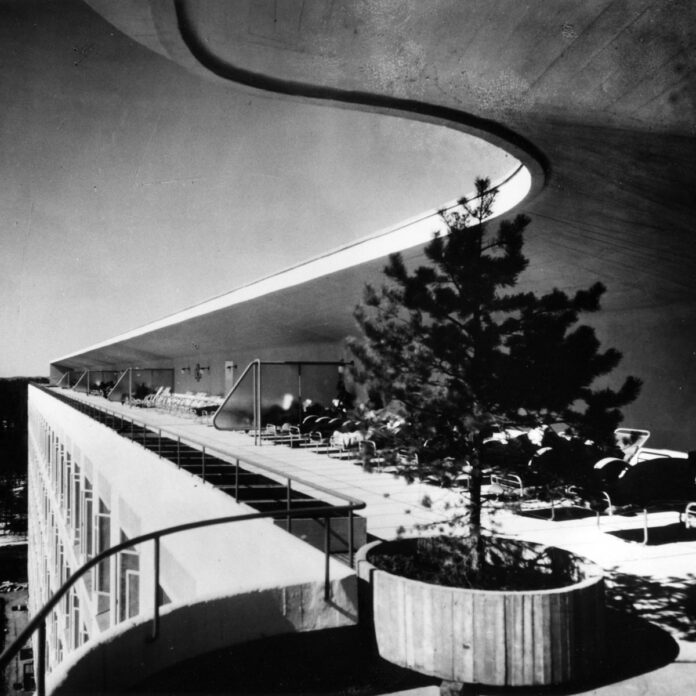
Aalto’s Influence on Modern Design: The Timeless Innovations of a Legendary Architect
Alvar Aalto, a Finnish architect and designer, is considered one of the most influential figures in modern design. His innovative approach to architecture and furniture design has left a lasting impact on the world of design. Aalto’s work is characterized by its organic forms, use of natural materials, and close attention to human experience and functionality. His designs are timeless and continue to inspire contemporary architects and designers. In this article, we will explore Aalto’s influence on modern design and the enduring legacy of his innovative creations.
Alvar Aalto was born in 1898 in Kuortane, Finland, and studied architecture at the Helsinki University of Technology. He established his own architectural firm in 1923 and quickly gained recognition for his innovative approach to design. Aalto’s work was influenced by a variety of sources, including Scandinavian and Japanese design, as well as the natural landscape of Finland. His designs are known for their seamless integration of architecture and nature, and their emphasis on human experience and functionality.
One of Aalto’s most iconic contributions to modern design is his use of organic forms. Aalto believed that architecture and design should reflect the natural world, and he often incorporated organic shapes and forms into his work. This can be seen in his iconic Paimio chair, which features a curved wooden frame that mimics the shape of the human body. Aalto’s use of organic forms brought a new sense of fluidity and movement to modern design, breaking away from the rigid geometries of the past.
In addition to organic forms, Aalto was also known for his innovative use of materials. He favored natural materials such as wood, stone, and brick, and often used them in unexpected ways. Aalto’s use of materials was not only aesthetically pleasing but also practical, as he believed that natural materials contributed to the overall well-being of the user. This can be seen in his design of the Finlandia Hall in Helsinki, where he used a combination of white marble and copper to create a striking and timeless exterior.
Aalto’s emphasis on human experience and functionality also set him apart from his contemporaries. He believed that architecture and design should be user-centered and sought to create spaces and objects that were both aesthetically pleasing and practical. Aalto’s designs often featured elements such as natural light, open floor plans, and seamless transitions between indoor and outdoor spaces. His focus on human experience and functionality has had a lasting impact on modern design, influencing architects and designers to prioritize the needs and comfort of the user.
Aalto’s influence extends beyond his architectural work and into the world of furniture design. He is perhaps best known for his iconic Paimio chair, which was designed for the Paimio Sanatorium in 1931. The chair features a curved wooden frame and a seat and backrest that are angled to provide maximum comfort for the user. The Paimio chair is celebrated for its innovative design and has become an enduring symbol of modern furniture design.
Aalto’s contributions to modern design have had a lasting impact on the field of architecture and furniture design. His innovative approach to design, use of organic forms and materials, and emphasis on human experience and functionality continue to inspire contemporary architects and designers. Aalto’s timeless creations serve as a reminder of the power of innovative design to transcend time and place, and continue to shape the world of design today.
Aalto’s work is also celebrated for its ability to seamlessly integrate architecture and nature. He believed that architecture should reflect the natural world and sought to create designs that harmonized with their surroundings. This can be seen in his iconic Villa Mairea, which is nestled in a lush Finnish forest and features a design that blurs the boundaries between indoor and outdoor spaces. Aalto’s ability to integrate architecture and nature has had a lasting impact on modern design, inspiring architects to consider the relationship between built environments and the natural world.
In addition to his architectural work, Aalto’s influence can also be seen in the world of furniture design. He is perhaps best known for his iconic Paimio chair, which was designed for the Paimio Sanatorium in 1931. The chair features a curved wooden frame and a seat and backrest that are angled to provide maximum comfort for the user. Aalto’s innovative approach to furniture design, which focused on both form and function, has had a lasting impact on the world of modern furniture design.
Aalto’s influence on modern design can also be seen in his use of materials. He was known for his innovative use of natural materials such as wood, stone, and brick, and often used them in unexpected ways. Aalto’s use of materials was not only aesthetically pleasing but also practical, as he believed that natural materials contributed to the overall well-being of the user. This can be seen in his design of the Finlandia Hall in Helsinki, where he used a combination of white marble and copper to create a striking and timeless exterior.
Aalto’s influence on modern design continues to inspire architects and designers around the world. His innovative approach to architecture and furniture design, use of organic forms and materials, and emphasis on human experience and functionality have had a lasting impact on the world of design. Aalto’s timeless creations serve as a reminder of the power of innovative design to transcend time and place, and to continue to shape the world of design today.
In conclusion, Alvar Aalto’s influence on modern design is undeniable. His innovative approach to architecture and design, use of organic forms and materials, and emphasis on human experience and functionality have had a lasting impact on the world of design. Aalto’s timeless creations continue to inspire architects and designers today, and serve as a reminder of the power of innovative design to transcend time and place. Aalto’s legacy as a legendary architect and designer will continue to inspire and influence the world of design for generations to come.


















